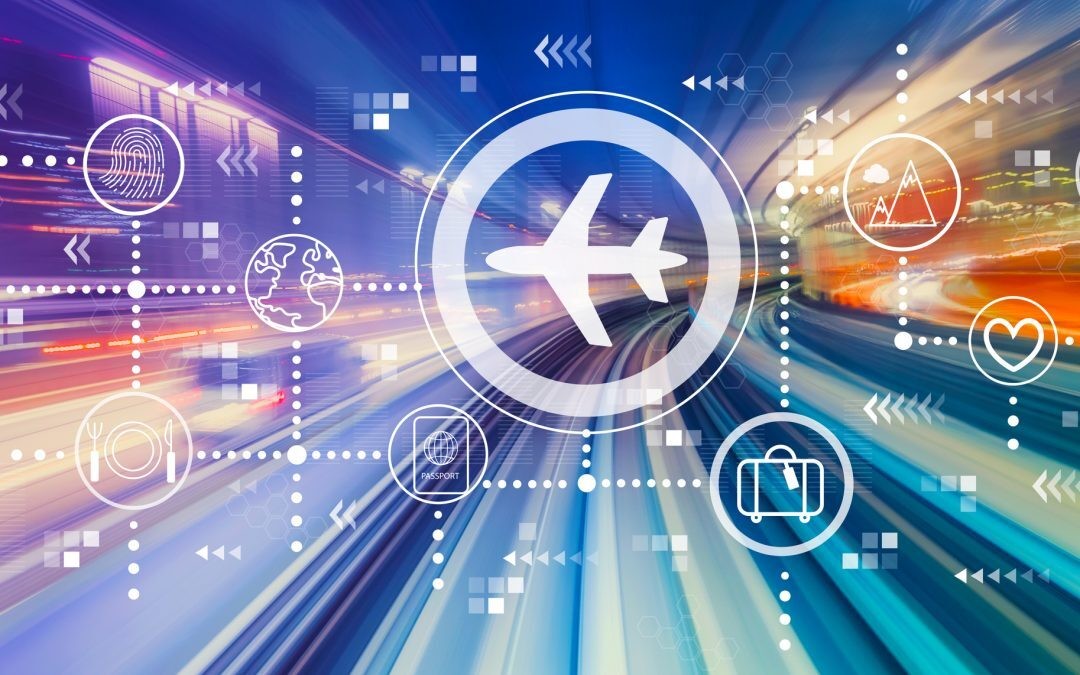In recent years, the integration of AI in satellite payload analysis has revolutionized the way we understand and interact with satellite data. This technological advancement has not only enhanced the efficiency of payload analysis but has also opened new avenues for research and development in the aerospace sector. By leveraging artificial intelligence, the process of analyzing data collected by satellite payloads has become more precise and insightful, offering unprecedented capabilities to scientists and engineers.

The Role of AI in Satellite Payloads
The application of AI in satellite payloads aims to refine data interpretation and improve decision-making processes. With the vast amount of data generated by satellites, AI algorithms can efficiently sift through and analyze this data to extract meaningful information. This capability is crucial for applications like environmental monitoring, climate change assessment, and even national security. AI’s ability to detect patterns and anomalies in satellite data enhances our understanding of the Earth’s surface and atmosphere.
Enhancing Data Processing Speed
One of the most significant advantages of employing AI in satellite payload analysis is the enhancement of data processing speed. Traditional methods of data analysis can be time-consuming and labor-intensive. However, AI-powered systems can process large volumes of data at an unprecedented speed. This rapid processing capability allows for real-time analysis and timely decision-making, which is vital for applications that require immediate action, such as disaster response and weather forecasting.
Improving Accuracy and Precision
The accuracy and precision of satellite data analysis have significantly improved with the incorporation of AI technologies. Machine learning algorithms can be trained to recognize specific features in satellite imagery, leading to more accurate classifications and predictions. For instance, AI can distinguish between different types of land cover or detect changes in vegetation over time, providing valuable insights for agricultural planning and environmental conservation.
AI and Machine Learning in Payload Analysis
Machine learning, a subset of AI, plays a pivotal role in refining payload analysis. By training algorithms with vast datasets, machines can learn to identify patterns and make predictions. This is particularly useful in satellite imagery analysis, where machine learning can automate the identification of objects, such as vehicles, buildings, and natural features. This automation not only increases efficiency but also reduces the potential for human error.
AI for Thermal Control in Space
AI also contributes to better thermal control in space, which is essential for maintaining satellite functionality. By analyzing thermal data, AI systems can predict and adjust temperature variations to ensure optimal performance. For more on this, you can check AI for Thermal Control.
AI in Spacecraft Trajectory Prediction
The precise prediction of spacecraft trajectories is another area where AI is making a significant impact. By analyzing historical trajectory data, AI can forecast future paths with high accuracy. This capability is invaluable for mission planning and avoiding potential collisions in space. Learn more about this application in Spacecraft Trajectory Prediction.
AI for Adaptative Aircraft Systems
In addition to satellite applications, AI is also being used to develop adaptive aircraft systems that can respond to changing environmental conditions. By using AI, these systems can optimize performance and improve safety. For further information, visit Adaptive Aircraft Systems.
Challenges in AI Integration
Despite the numerous benefits, integrating AI into satellite payload analysis presents several challenges. One of the primary concerns is the reliability and robustness of AI algorithms in processing complex satellite data. Ensuring the accuracy and integrity of AI-driven analyses requires continuous monitoring and validation. Additionally, the development of secure communication channels is essential to protect sensitive satellite data from potential cyber threats.
The Future of AI in Aerospace
The future of AI in aerospace looks promising, with ongoing research and development efforts aimed at enhancing AI capabilities. As AI technology continues to evolve, we can expect more sophisticated algorithms that can handle increasingly complex datasets. This progress will further enhance our understanding of the Earth and beyond, opening new possibilities for exploration and innovation.

FAQs
How does AI improve satellite payload analysis?
AI improves satellite payload analysis by enhancing data processing speed, accuracy, and precision. It allows for real-time analysis and better decision-making, making it invaluable for applications such as environmental monitoring and disaster response.
What are the challenges of integrating AI into satellite systems?
The challenges include ensuring the reliability and robustness of AI algorithms, maintaining the accuracy of analyses, and protecting sensitive data from cyber threats.
What is the future of AI in aerospace?
The future of AI in aerospace is promising, with ongoing advancements expected to lead to more sophisticated algorithms and enhanced capabilities for handling complex datasets.
For more insights on how AI is transforming the aerospace industry, you can read this blog post.

